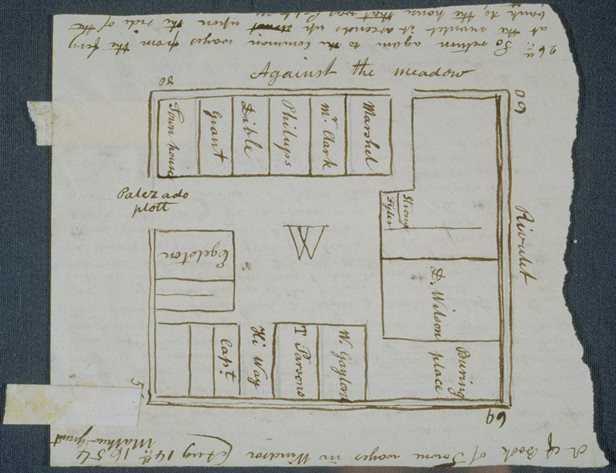
John Warner Barber, Plan of the ancient Palisado Plot in Windsor – 1634, 1835 – Connecticut Historical Society and Connecticut History Illustrated
Pre-Colonization and Settlement (Up Through 1763)
The arrival of Europeans to Connecticut shores drastically altered the region’s physical and cultural landscape. Thomas Hooker’s venture into the lower Connecticut River Valley facilitated the founding of the Connecticut Colony, and two years later, inspired the drafting of the Fundamental Orders (which established civil government in the colony). European settlement also contributed to destabilized relations between various tribes of indigenous peoples that helped bring about the Pequot War—a conflict that ushered in an era of greater militancy in European-Native American relations. In 1662, Governor John Winthrop Jr. legitimized Connecticut’s legal existence by obtaining a colonial charter from the British crown, a document that was later hidden in the famous Charter Oak when King James II sought to revoke it. All of this occurred as America drew inspiration for reform from the Great Awakening and committed greater resources to education and religious instruction through the founding of such institutions as Yale College.




